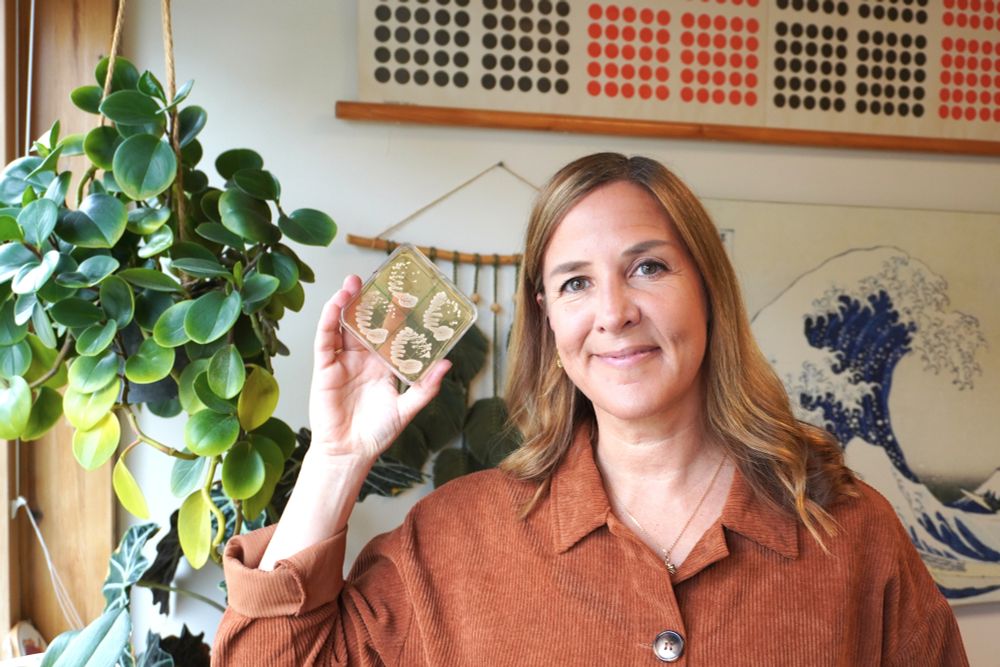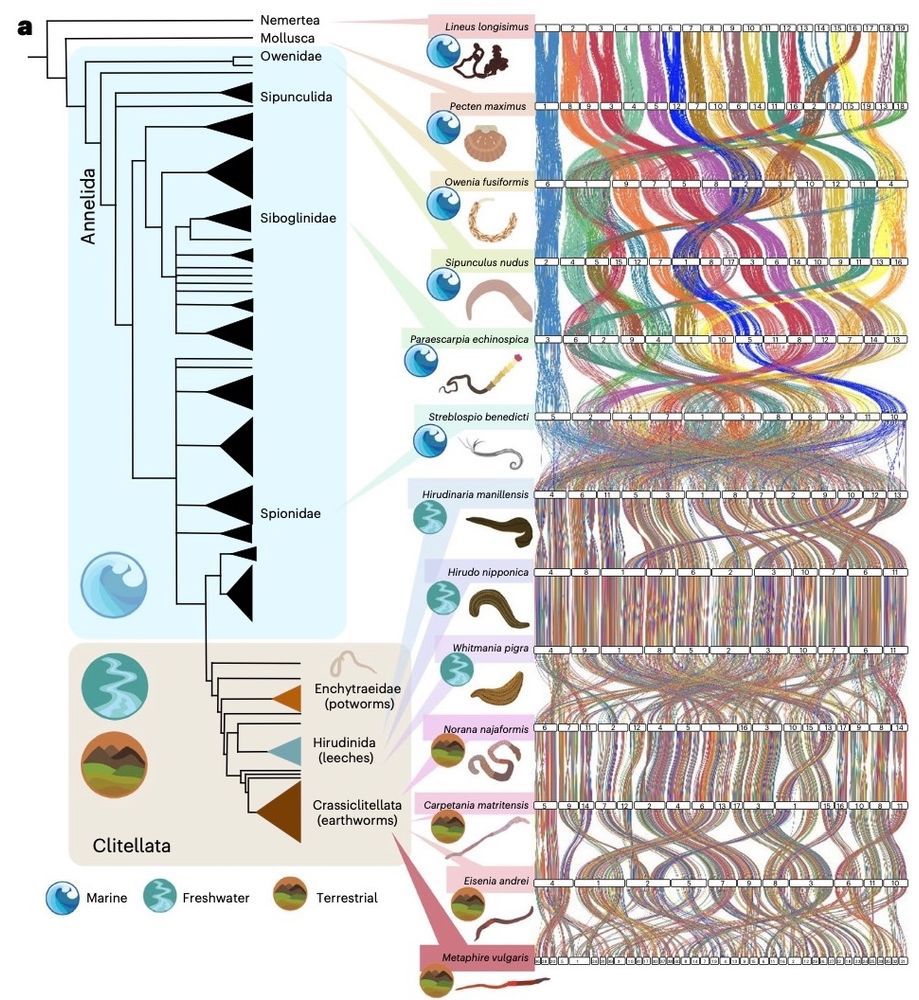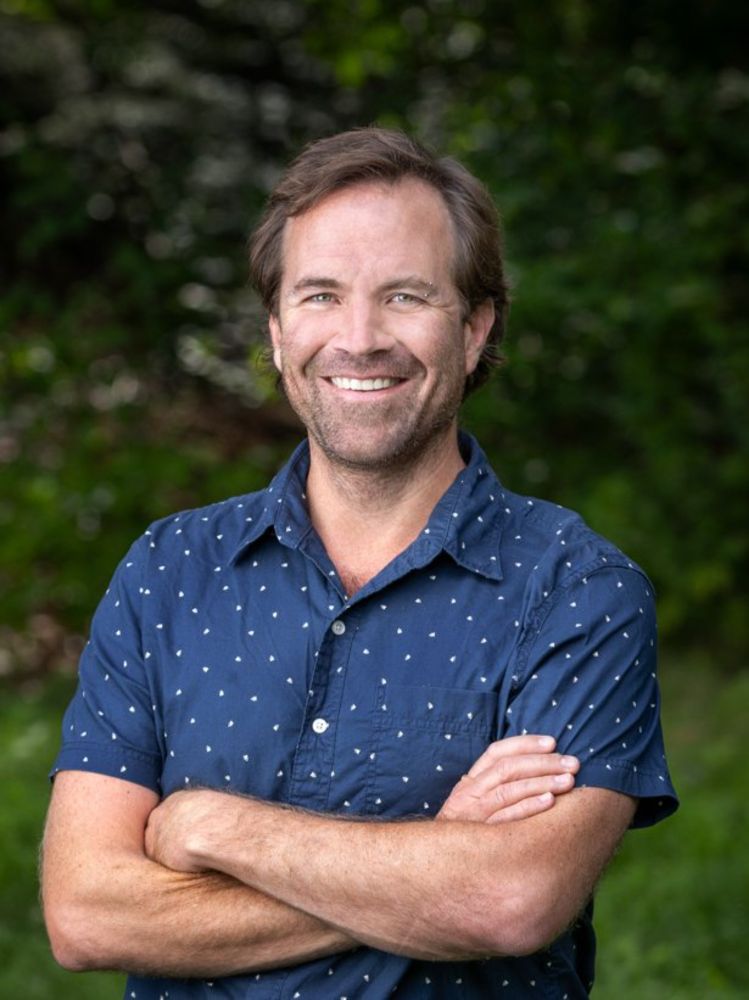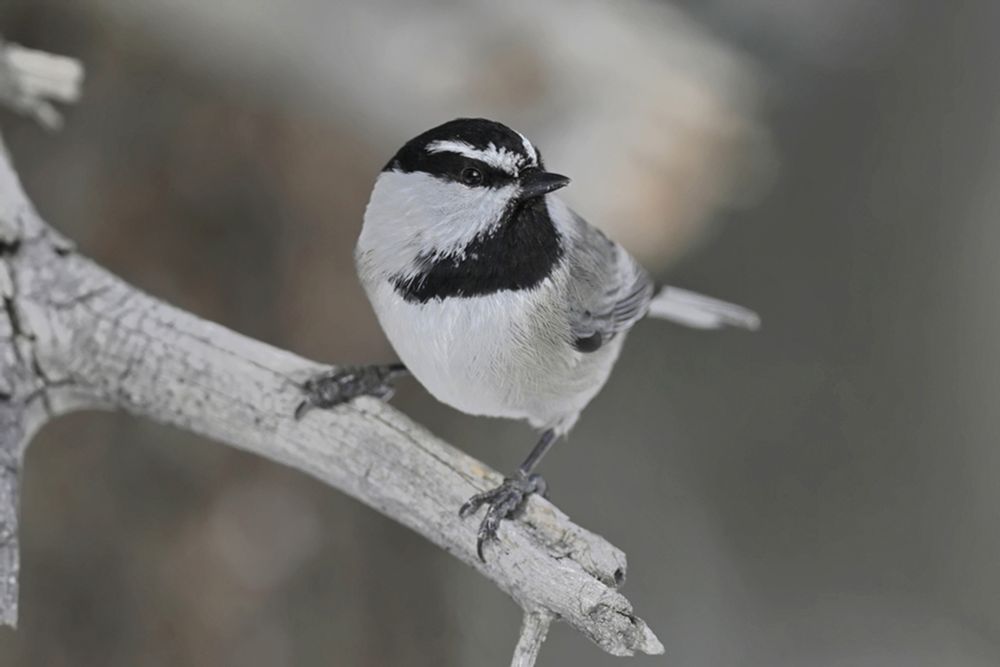Rogier Braakman
@rogierbraakman.bsky.social
1.9K followers
6.5K following
43 posts
Studying metabolic evolution, microbial macroevolution, biospheric self-organization, and the feedbacks between Earth and life. Dad, Husband, Scientist.
https://rogierbraakman.com/
Posts
Media
Videos
Starter Packs
Reposted by Rogier Braakman
Reposted by Rogier Braakman
Reposted by Rogier Braakman
Cameron Thrash
@jcamthrash.bsky.social
· Jul 16

Detergent-based separation of microbes from marine particles
Marine particles, typically composed of organic detritus and cellular debris, harbor microbial communities that are distinct from the planktonic, or free-living, communities in the pelagic ocean. Howe...
www.biorxiv.org
Reposted by Rogier Braakman
Cameron Thrash
@jcamthrash.bsky.social
· Jun 26
Reposted by Rogier Braakman
Reposted by Rogier Braakman
Sergi Valverde
@svalver.bsky.social
· May 29

Evolution is coupled with branching across many granularities of life | Proceedings of the Royal Society B: Biological Sciences
Across many scales of life, the rate of evolutionary change is often accelerated at the time when one lineage splits into two. The emergence of novel protein function can be facilitated by gene duplication (neofunctionalization); rapid morphological ...
doi.org
Reposted by Rogier Braakman
Jarrett Byrnes
@jebyrnes.bsky.social
· May 29

An Environmental Niche Exploration Tool for Kelp Forest Management
The kelp niche explorer is a tool which allows users to understand the optimal environmental conditions for kelp forest conservation at the regional level. The tool is adaptable and provides an easy ...
onlinelibrary.wiley.com
Reposted by Rogier Braakman
Molly Przeworski
@mollyprz.bsky.social
· May 23












